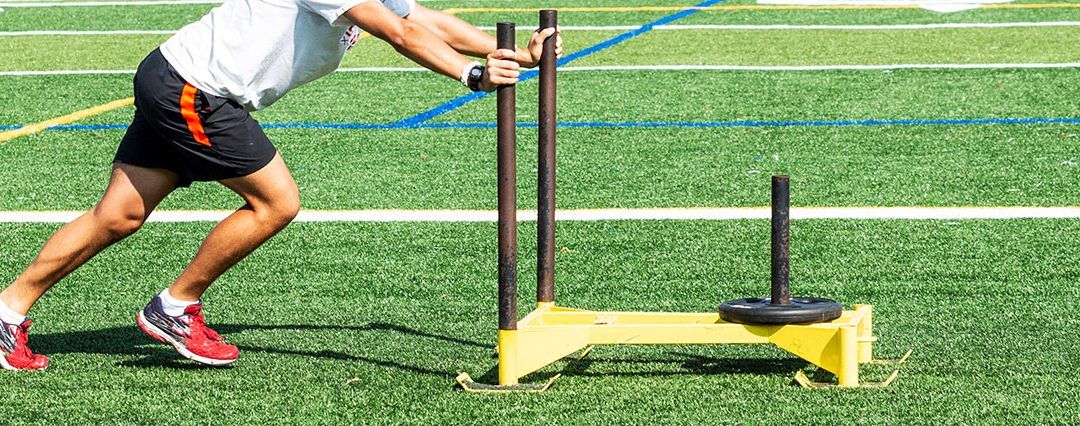Ready? SWITCH!! Today we’re learning how to properly prepare athletes for a change in direction.
Many athletes, including those recovering from ACL reconstruction, present with poor movement quality when returning to a change in direction for sport. In addition to linear running, backward, lateral, and oblique running should be taught to optimize athletes’ performance and reduce aberrant joint forces. Including these exercises in a training session could mean significant differences in an athlete’s performance.
Oblique Running
During Oblique Running, the athlete’s gaze will remain on the PT or coach drawing concepts from both backward and lateral running. The athlete will perform the run in a backward (or forward) angled direction, anywhere between the backward and lateral run directions. A common starting point is to have the athlete perform the oblique run at a 45-degree angle. Improving the athlete’s ability to move properly in the oblique plane will greatly improve his/her ability to change direction safely and at faster speeds, improving sports performance. Like the backward and lateral runs, having the athlete’s gaze fixed on a position other than which they are running, will increase kinesthetic sense and further reduce the risk for re-injury.
Try to remember 2 important things:
- Keep athlete’s eyes and thorax fixated on PT/coach
- Train movement with change in direction at multiple angles to optimize athletes’ ability to safely move from oblique plane to other planes of motion.
Oblique running video:
Lateral Running
During a lateral run, the athlete’s gaze and upper thorax are oriented approximately 90 degrees from the direction in which he/she is running. By utilizing lateral movement, the athlete can change direction at faster speeds from 0-180 degrees of their starting thorax orientation. This makes for a more efficient change in direction in the frontal plane. Have the athlete keep his/her gaze 90 degrees from the direction in which they are running. With the athlete’s gaze focused in this position, the athlete will increase kinesthetic sense and further reduce the risk for re-injury.
But always remember:
- Have the athlete keep his/her gaze 90 degrees from the direction in which they are running
- Train movement with change in direction at multiple angles to optimize athletes’ ability to safely move from the sagittal plane to other planes of motion.
Lateral Running video:
Backward Running
During a backward run, the athlete’s gaze and upper thorax are oriented in approximately 180 degrees of the direction in which he/she is running. By utilizing backward runs, the athlete will have an improved ability to change direction at increased velocity from 0-180 degrees of their starting thorax orientation. When training such intervention, have the patient perform the movement while looking at you to improve kinesthetic sense and prevent over-reliance on the visual system. Improving proprioceptive capabilities is imperative in re-injury prevention for post-operative athletes, making this intervention a valuable tool for return-to-sport.
Always remember the following:
- Keep athlete’s eyes and thorax fixated on PT/coach
- Ensure athlete moves legs in running fashion way from PT/coach, this is NOT a backpedal
- Train movement with change in direction at multiple angles to optimize athletes’ ability to safely move from the sagittal plane to other planes of motion.
Backward running video:
A lot of athletes can benefit from change of direction exercises. Whether your athlete is training for field sports or the court, these running exercises are an effective way to develop important skills needed for performance and avoiding injury. For more information on training athletes, please reach out to us at [email protected] or call us at 908-679-5313. You can also follow us on Instagram and Facebook for more tips on how to perform better and repair right!

